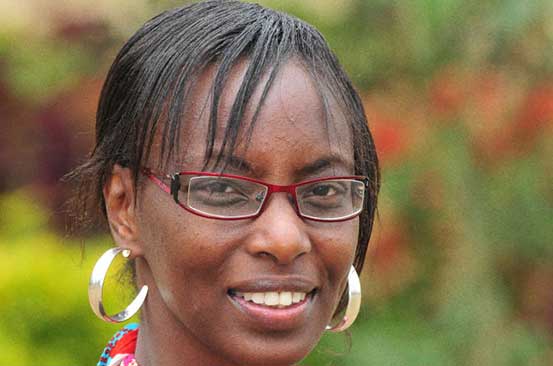×
The Standard e-Paper
Home To Bold Columnists

NAIROBI: It’s true that certain historical circumstances made it possible for colonial powers to establish university colleges in West Africa – such as Fourah Bay, Achimota, and Ibadan – much earlier than they did in East Africa.
This occurrence partly explains why, in terms of literary production, Kenya will always chirp sadly behind Nigeria like a chick running after its mother. This is as true of creative output as it is of literary criticism. The case of Southern Africa as a region is similarly understandable.